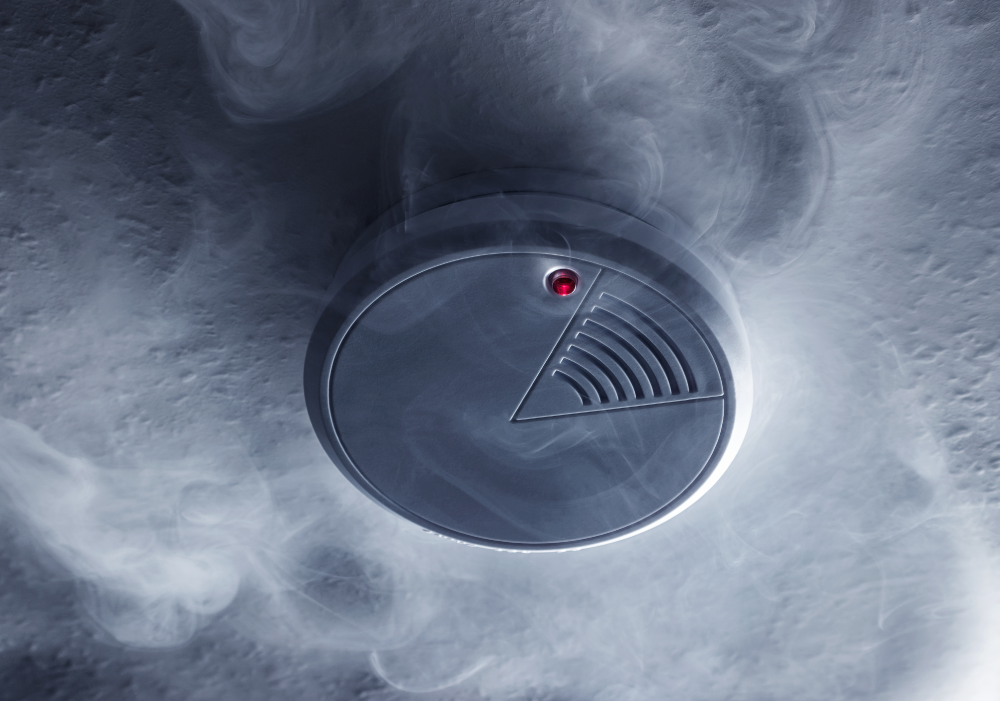Part of our series The Basics of Protection Class.
The WSRB Public Protection team is very familiar with the protection class (PC) evaluation process, but we know most fire officials, insurance professionals, and Washington state residents don’t have time to think about every detail.
Perhaps the most important thing to know is that WSRB’s PC scores range from 1 through 10, where Class 1 represents exemplary fire protection, and Class 10 indicates that the fire protection facilities, if any, are not recognized for insurance purposes.
If you’re interested in more detail, read on. In this post, we’ll explain what we do to finalize a community’s PC. In previous posts, we’ve explored the other stages of the PC evaluation process.
In order to assign every community in Washington state a useful, accurate PC, we must use the same criteria in each evaluation, whether it’s of the Seattle Fire Department, which serves 730,400 people with 35 fire stations, or Pend Oreille County Fire District 8, which serves 563 people with one station. The criteria we use for these evaluations are called the WSRB Community Protection Class Grading Schedule.
 A community's emergency communications dispatching center is one of the
A community's emergency communications dispatching center is one of the
factors WSRB evaluates when determining a protection class.
Related:
Preparing for a Protection Class Evaluation
That schedule includes evaluations of multiple factors, including a community’s fire department. But we don’t just look at the fire department. We look at factors in four major categories. Here are a few examples of what each one includes:
- Fire department:
- Department staffing
- Firefighter training
- Apparatus and equipment, including maintenance of each
- Water department:
- System water flow capabilities
- Fire hydrant location and maintenance
- Water system components and maintenance
- Emergency communications:
- The dispatching center’s infrastructure, call-receiving, and dispatching systems
- The center’s personnel and training, both initial and ongoing
- Fire safety control:
- Fire and building code enforcement
- Fire code inspections of properties
- Fire safety education provided to the public
The schedule uses a point system, another way we work to ensure consistent evaluations.
To earn full credit for an item, a community must meet the criteria as described in the schedule. If the community doesn’t meet all the requirements, credit is deducted, depending on the importance of the item and the degree of deviation.
The fire protection analyst who visits a community uses the data collected across all four categories to calculate the community’s PC. That’s not the end of the process, though. Instead, it’s the beginning of the review process.
Related:
Inside a WSRB Visit to a Fire Department
How we review the data we collect
Quality checks at WSRB are a team effort. As part of my role as Vice President of Public Protection, I review the fire protection analyst’s work, and we talk about the collected information and discuss circumstances or characteristics unique to the community being evaluated as well as any changes that have occurred since our last visit. For example, a fire protection district may have shifted from all-volunteer staffing to a combination of paid and volunteer staffing, or it might have acquired additional equipment.
Some communities may not have changed much, or at all, since the previous evaluation. Still, we carefully review all PC evaluations.
How we communicate our findings
There are three possible results of a PC evaluation: the community’s PC improves, remains the same, or worsens.
If the PC improves or remains the same, we produce a report describing our findings and send it to the fire chief along with a letter summarizing them. In the case of a PC improvement, we’ll note the effective date of the new PC, which is usually three months after the date of the letter. The time gap allows us to give advance notice of PC changes to insurance carriers, who typically write policy renewals two or three months in advance.
If the PC gets worse, we send a letter to the fire chief describing what caused the decline. We will also provide the opportunity for the fire department to provide us with additional information, meet with WSRB on the issue or provide a plan to improve the declining PC. If a community elects to address the cause of the PC decline, we can work with local fire officials to ensure the plan will likely succeed. While a community works on fixing the identified problem, we hold the PC change in abeyance. We’ll regularly check on progress and re-evaluate at the end of the planned improvement period.
We also offer post-evaluation consultations
We are always happy to answer any questions fire chiefs or anyone in a community has about the process or the PC itself. We can hold phone conferences or on-site meetings with officials to review the scoring process and answer questions about the evaluation. Interested in a consultation for your area? Contact our Customer Service team at 206-217-0101 between 7:30 a.m. and 4 p.m., Monday through Friday, and ask to be connected to the Vice President of Public Protection.
We also offer communities the option to ask for a re-evaluation. We evaluate each Washington state community every five years, but sometimes, a community makes changes that may improve its PC before the subsequent evaluation is due. Before we go through the entire process ahead of schedule, we ask about the changes and make estimates based on the new data to see if an improvement is likely. If it is, we can schedule a re-evaluation.











